Exhibit asks ‘What Were You Wearing?’
Rod Library and the Kamerick Art Building hosted “What Were You Wearing?” exhibits from Monday, April 9 to Friday, April 13, for Sexual Assault Awareness Week.
Apr 16, 2018
As part of Sexual Assault Awareness Week, Kamerick Art Building and Rod Library displayed outfits in an exhibit sponsored by Sigma Phi Epsilon called ‘What Were You Wearing?’ from Monday, April 9, to Friday, April 13.
The outfits, which were replicas of real outfits worn by sexual assault survivors, were provided by the UNI Theatre Department. The exhibit, which was installed with the help of Carly Nielson and Kaylee Michelson, encouraged viewers to realize that clothing is not the cause of sexual abuse.
Jen Brockman and Mary Wyadt-Hiebert at the University of Arkansas originally created the “What Were You Wearing?” installation. Brockman and Wyadt-Hiebert were inspired by a poem by Mary Simmerling with the same name. The installation eventually reached numerous other universities across the nation.
Nielson is a UNI student involved in the clinical mental health counseling master’s program, and she played a large role in curating this exhibit.
“The way I’m hoping it is affecting people is that they’re seeing themselves represented in the outfits that are portrayed, as well as the stories that survivors are giving,” Nielson said. “As people realize that it’s not about the clothes and it was never the victim’s fault, then we can kind of move past that victim blaming behavior and move past asking questions that induce victim blaming, such as ‘What were you wearing?’”
According to Nielson, the exhibit was very chilling and moving. She said that responsibility should fall where it belongs, which is on the person who caused the harm, rather than the victim.
The outfits in the display were provided by Jennifer Sheshko Wood, the assistant professor of costume design and technology.
“Sheshko Wood did a great job of supplying the outfits. I gave her a list of the outfits we were looking for, and she gave me the outfits all together in order and she also gave me lots of options,” Nielson said. “It was really helpful, and the theater department was great to work with, and they got it together in a week. It was amazing, and they really did a great job with that.”
In addition to Nielson and Sheshko Wood, other people involved in the installation were Leah Gutknecht, Katelyn Melcher, Anna Patch and Taylor Brown.
Michelson is a UNI campus coordinator and sexual assault advocate at the Riverview Center in Cedar Falls. Michelson says that she had been anticipating this exhibit at UNI for a while after seeing it on other campuses. Along with her intern, Melcher and Nielson, it was decided that the exhibit would be beneficial to UNI.
“I work with a lot of different survivors, and the stereotypes that society thinks about are not actually what happens. So, a lot of people think that people wear a certain thing, and that’s why they were sexually assaulted,” Michelson said. “Really, it has nothing to do with what they were wearing; people can wear whatever they want and not be sexually assaulted, so it’s a good way to break that stereotype that society thinks.”
Michelson’s intern, Melcher, also helped to put the “What Were You Wearing?” exhibit together.
“I thought it was a cool way to put out a visual example of what happens in today’s society,” Melcher said. “I know that society is definitely shifting and trying to get better about not asking the question of, ‘Were you drinking? What were you wearing? How did you bring that on yourself?’ However, there definitely still is that stigma, so I’m hoping that once students walk through, they’ll see that clothing doesn’t matter.”
Melcher and Michelson both hoped that students took the time to look at the outfits and carefully examine the meaning behind them. Michelson wanted students to break down the stereotypes attributed to sexual assault survivors and to know that students should be able to go out wherever and with whoever they like without the fear of sexual assault.
Michelson wants more students to be aware of the resources that are available to them at UNI, such as the Riverview Center.
The Riverview Center is a non-profit agency that serves anyone affected by sexual violence. Currently, Riverview Center is the only sexual assault advocacy agency on campus. Michelson also added that the agency is free and confidential for everyone.
As for the “What Were You Wearing?” installation, Michelson hopes that the display can come back again next year and be viewed in more areas on campus to spread awareness about society’s battle against sexual assault.


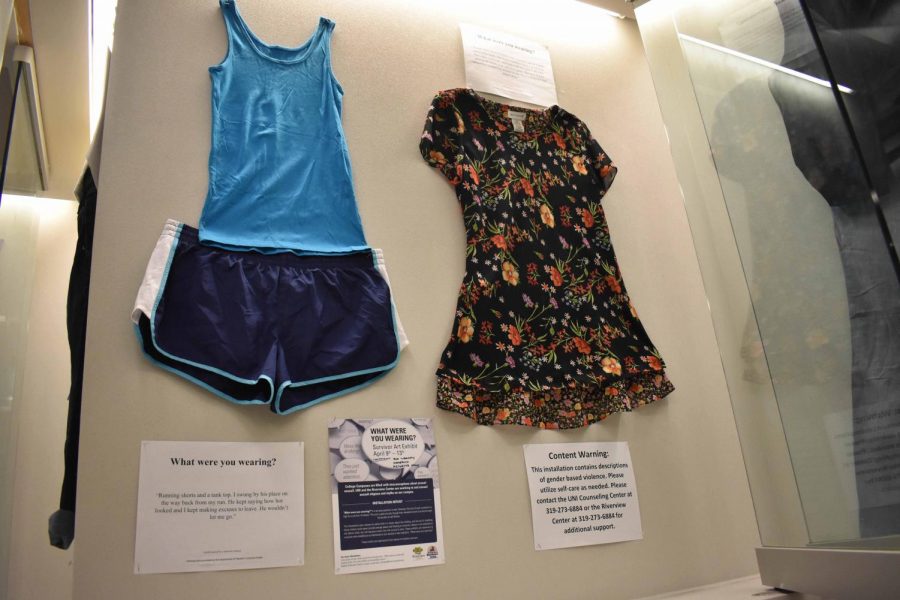






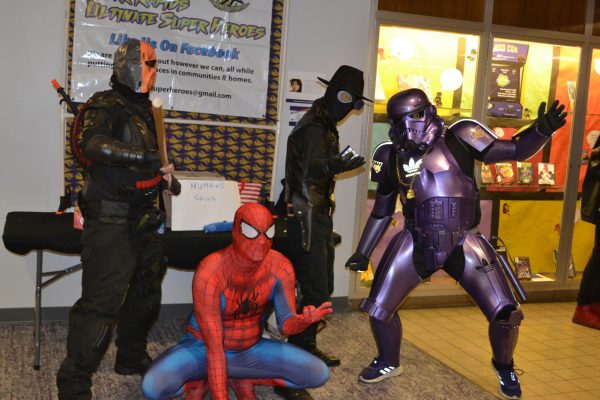
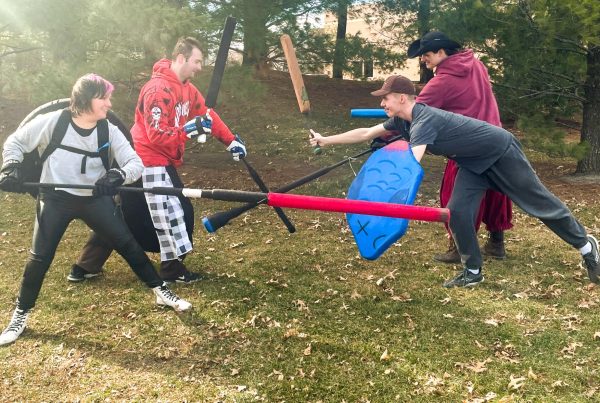

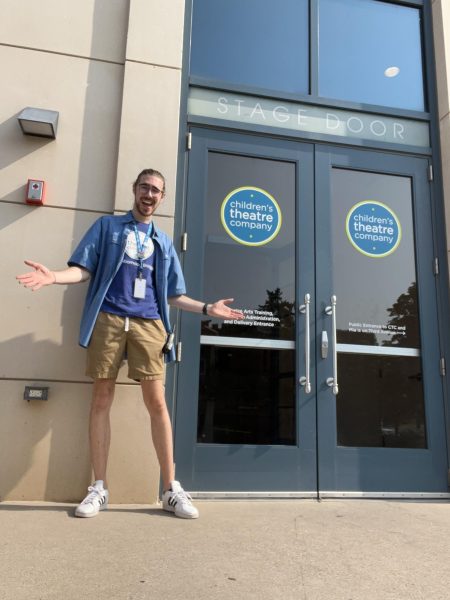
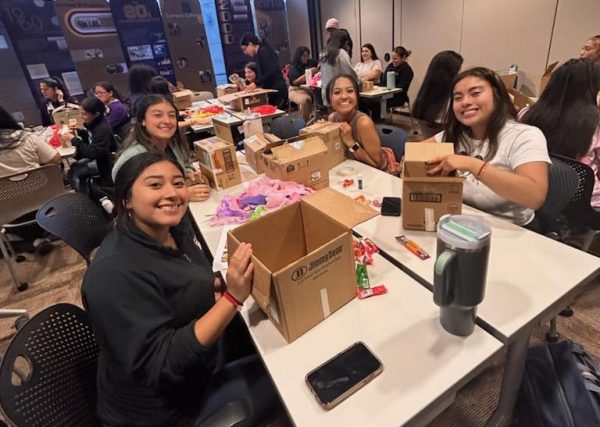
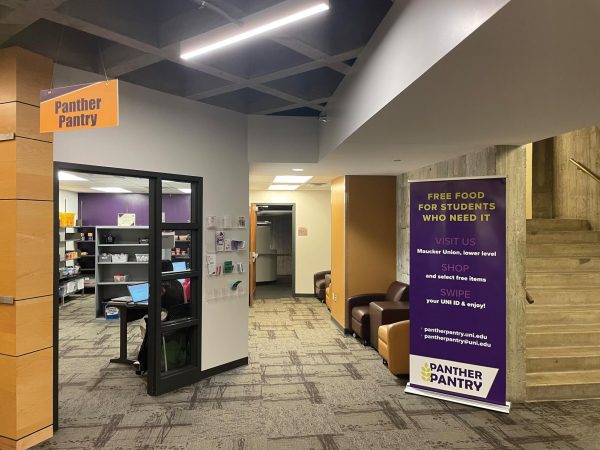
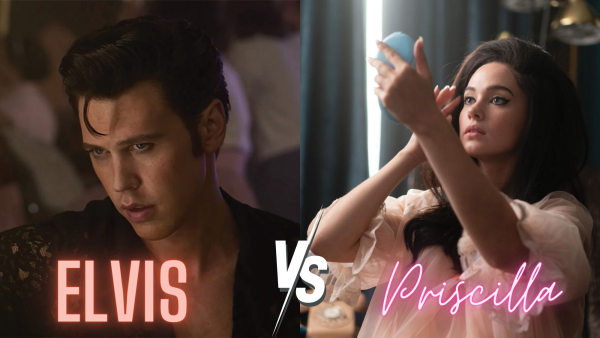
Patricia Ann Baumler • Apr 18, 2018 at 8:11 am
Very good, thoughtful display, Kaylee.